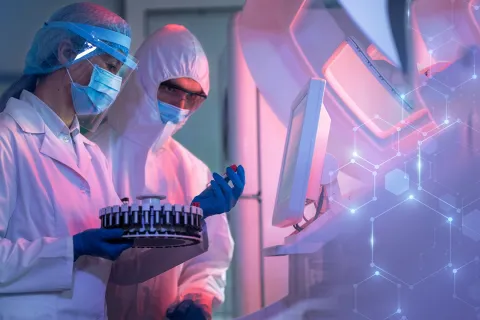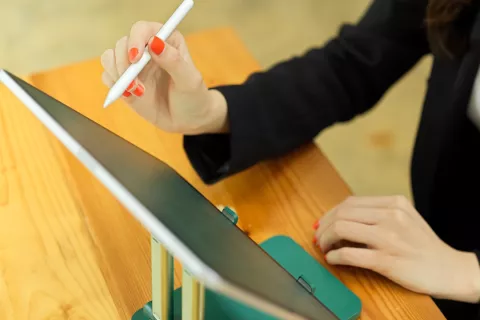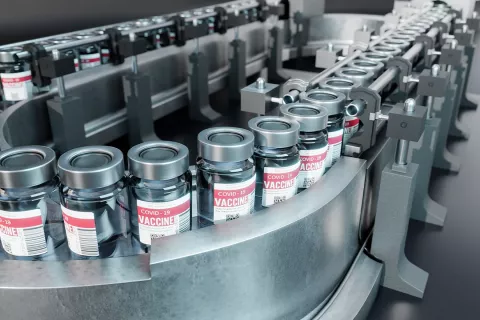Consult Now
Blog Auto Popup FormIn the world of packaging artwork, the final presentation of a product can be just as important as the product itself. It's the first thing consumers see, and it can influence their decision to purchase. This is why proofreading packaging artwork is a critical step in the manufacturing process. But with the advent of technology, companies now face a choice between automated and manual proofreading. So, which is better?
Automated Proofreading: The Future of Accuracy?
Automated proofreading systems use sophisticated algorithms to scan packaging artwork for errors. These systems are designed to detect a variety of issues, such as typographical errors, incorrect font usage, color inconsistencies, and more. The primary advantage of automated proofreading is its speed and consistency. It can process large volumes of artwork quickly, ensuring that all materials are checked in a fraction of the time it would take a human proofreader.
Another benefit is the reduction of human error. Automated systems don't get tired or overlook mistakes due to fatigue, which can happen with manual proofreaders, especially under tight deadlines. Additionally, automated proofreading can be integrated into the artwork approval process, streamlining the workflow, and reducing the time to market.
However, automated systems are not without their limitations. They may not always understand context or pick up on subtle errors that a human eye would catch. For instance, they might not recognize when the wrong product name is used if it's spelled correctly. Moreover, they can be expensive to implement and require regular updates to keep up with new errors and design trends.
Manual Proofreading: The Human Touch
Manual proofreading, on the other hand, involves a team of skilled proofreaders meticulously reviewing every aspect of the packaging artwork. Human proofreaders are adept at understanding context and can pick up on nuanced mistakes that automated systems might miss. They can also make judgment calls based on their experience and knowledge of the brand, which is something that an automated system cannot replicate.
The human touch in proofreading is particularly important when it comes to understanding the intent behind the artwork and ensuring that it aligns with the brand's message. Manual proofreaders can also adapt quickly to new styles and trends without the need for software updates.
However, manual proofreading can be time-consuming and is subject to human error. Proofreaders can make mistakes if they're working long hours or handling too many projects at once. Additionally, the cost of hiring a team of proofreaders can be significant, especially for smaller companies.
The Verdict: A Blended Approach
So, which is better? The answer may not be as straightforward as choosing one over the other. The most effective approach to proofreading packaging artwork might be a combination of both automated and manual methods.
A blended approach allows companies to harness the speed and consistency of automated proofreading while benefiting from human proofreaders' critical thinking and contextual understanding. Automated systems can handle the initial scan for obvious errors, while manual proofreaders can focus on the finer details and subtleties of the artwork.
In conclusion, automated and manual proofreading have their place in packaging artwork. By leveraging the strengths of both, companies can ensure that their products are presented accurately and attractively, ultimately leading to a better consumer experience and potentially higher sales. As technology continues to evolve, the integration of these two methods will likely become more seamless, leading to even greater efficiency and accuracy in packaging artwork proofreading.










